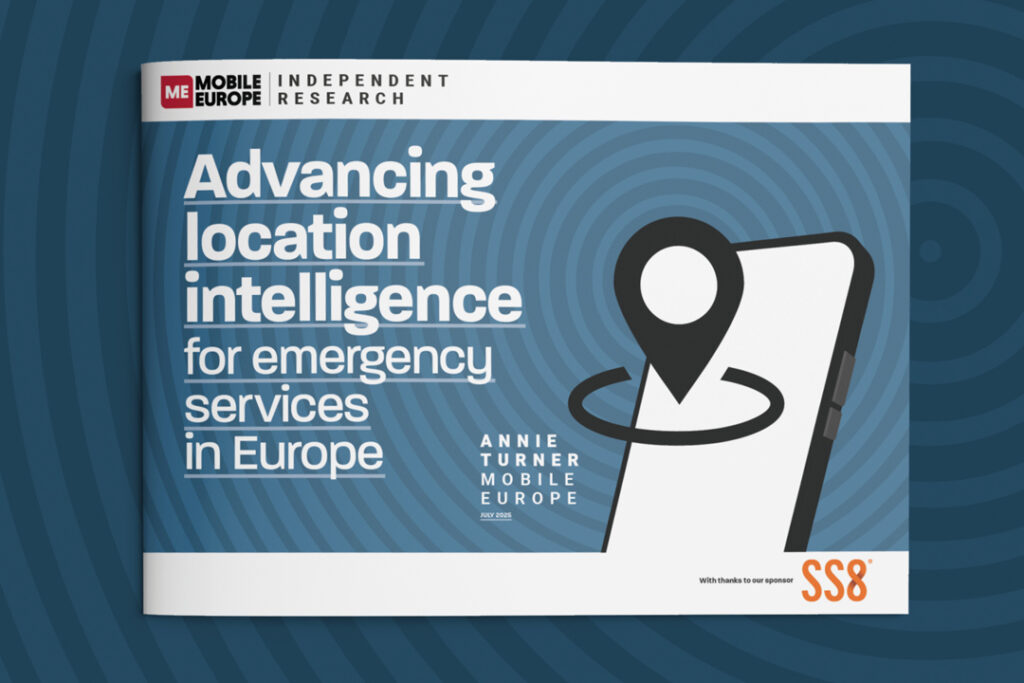Greg Tilton of CSG talks to Annie Turner about the missing links for monetising 5G and why NaaS is only part of the story
Greg Tilton, Vice President, Catalogue, Quote & Order at CSG, has been promoting the benefits of catalogue and APIs as steps towards service automation for years. The company he founded, DGIT Systems, was headquartered in Melbourne, Australia, and acquired by CSG, which has headquarters in the same city, in October 2021.
The acquisition of DGIT contributed catalogue configure, price, quote (CPQ) and order management to CSG’s portfolio and DGIT gained greater market reach.
Tilton explains, “We’re pulling the catalogue-driven marketplace together with the CSG elements like billing, mediation components and so forth, to create a more complete solution for B2B2X marketplace enablement…[telcos] need to integrate operationally with partners to take the most valuable possible propositions to market.”
By which he means, “To pull in IoT and on-premise managed services and 5G API-enablement packages for app development and all sorts of stuff to [provide] really rich value propositions for customers.
“5G is an enabler in a number of ways. The service provider can expose more control from the network and network capabilities, to control flows and put things into the hands of application developers. If you can commercialise some of them, you can support much tighter coupling between the network and application layers and then you’ve got edge compute being just a fundamental part of the 5G architecture. You’re able to get applications up close to the customer.”
He acknowledges, “These are not trivial things…there’s quite a bit of technology to master [before you can] start monetising those characteristics,” by which he means “support for IoT, low power, low bandwidth parts of the code and streaming, all of which offer better application support and are part of the 5G standard.”
Tilton says, “Ultimately, it takes the [communication service provider] CSP to offer connectivity that can be bundled with services provided by a partner.” But in his view, this is only the beginning of what’s possible. He notes, “With IoT, if you’re particularly good at one thing, you’ll probably be global, but the telcos are all in different geographies.
Taking services global
“We need a way for this industry to work together so that those global [IoT players] can couple their offerings with connectivity to seamlessly interoperate with the underlying connectivity layer, irrespective of the telco is. The telcos need to standardise how they integrate and work with partners if 5G is going to yield benefits other than more speed, and the same amount of money [as now].”
“You can’t afford to do those integrations with partners differently every single time. You got to replicate, which means open APIs must be standard and support what TM Forum calls ‘domain context specialisation’ – the APIs need to work for any type or version of any service. Otherwise, you’ll be building different APIs for different types of services.” And that doesn’t scale: it’s too slow, too expensive and too prone to errors.
APIs for services has been spearheaded by TM Forum, MEF (the Metro Ethernet Forum as was) and others. Now the spotlight has shifted somewhat to network APIs, such as through the GSMA and the Linux Foundation’s CAMARA global API alliance.
NaaS is not the whole story
Tilton comments, “We’ve had a lot more success in Network as a Service [NaaS], through API exposure, than we have in marketplace integration to date, because we focused on those two main use cases – to get the industry to standardise and drive it all through a catalogue-driven experience, the integration between partners, as well as the integration to a network through an API.
“We’ve had way more success with the networks when network companies have come up with next generation, software-defined offerings and network service orchestration solution…that has allowed us to offer free integration through the standards,” he says. “As there are only two parties – we do a deal with Nokia, say, or Ciena – we integrate using the industry open APIs. Then we show a bunch of telcos the integration and how it works, and do business.
Still, “NaaS really only allows you to tap the functionality of the network and enrich some of your offerings, because you can offer customers more control of those underlying network services, or better flow-through but that’s incremental,” Tilton states.
“If you’re a farmer, I want to be able to sell you connectivity plus all the devices to control the watering troughs and gates on your barn,” he continues but “Marketplaces take longer to come together because there are way more parties that need agree and come along for the journey. It’s getting there, but it’s a slow road and telcos really need to get those marketplaces moving if they’re going to increase the value proposition to their customers.”
What needs to happen?
There are a number of things that need to be solved in marketplace enablement to really tap the value of 5G according to Tilton, “and we need to see the standards organisations tackle some of the things that are that are not fully standardised yet. It’s pretty close but needs the finishing touches.”
For instance, while CSG “very much subscribes to TM Forum’s Open Digital Architecture (ODA)” and feel that the “the idea of an engagement layer, a production and the business layer as key building blocks of the ODA make perfect sense,” Tilton says, “we don’t believe that the current version has defined the role of the catalogue well enough, so we’re feeding back into it, proposing some more dynamic components.”
What is the import of “more dynamic components” in the ODA? Tilton explains, “For a CSP to become really Agile and good at this sort of dynamic bartering [within ecosystems], they need dynamic architecture. Everything has to be driven by meta data, or with AI making the decisions.”
Hard coding limits CX
He continiues, “You can’t possibly have hard coding over the different partnerships and related to offers in the market [yet] typically great customer experiences in architectures over the last 10 years have been hard coded because the approach was, ‘I am selling this one thing, so I am going to improve the experience of that’.”
Previously though, surely dynamic rendering could not compete with hard coding in this context? Tilton says that’s changed: “What we’ve done is dynamic screen rendering technology, as well as a policy and rules capability that augments it. The metadata can flow through all the industry APIs, between the partners and support the dynamic configuration driven by the catalogue, within the architecture.
“The metadata is used to render a great customer experience – the machine makes the decision about how that customer experience should work. So when you’ve got 10,000 different partner services, you don’t have to build 10,000 different hard coded experiences. The machine builds it because it understands the policies and rules as well as having the underlying metadata to drive the engine.
Plug and play with partners
Tilton concludes, “We’re doing that with all the standardised industry metadata which is going to give us an edge over the over the coming years.…We’re about to enter an area era in which dynamically rendered user experience is good and CSPs can become you can become truly agile and dynamically plug and play with partners.”



